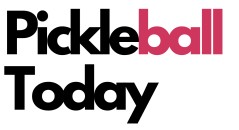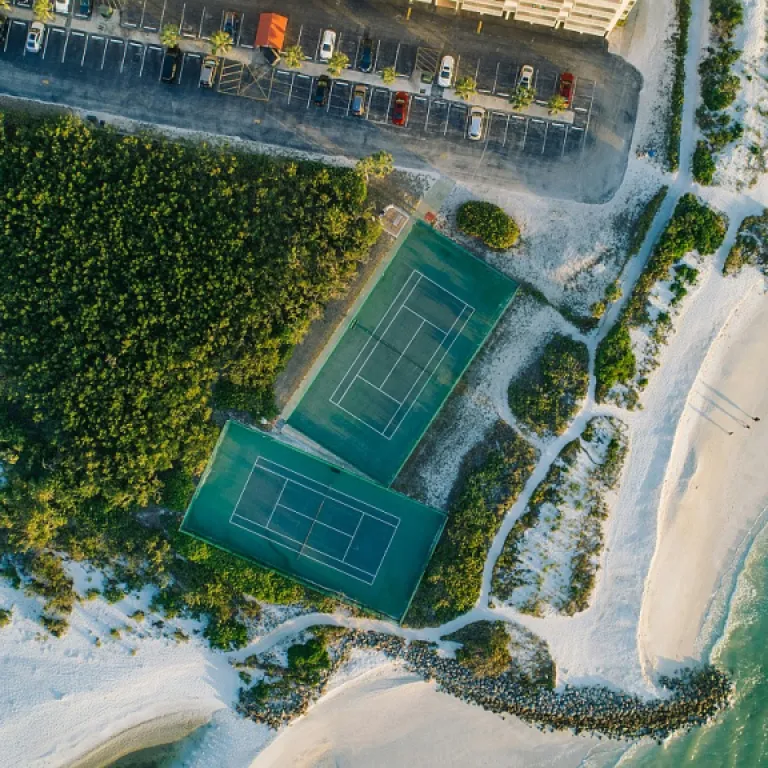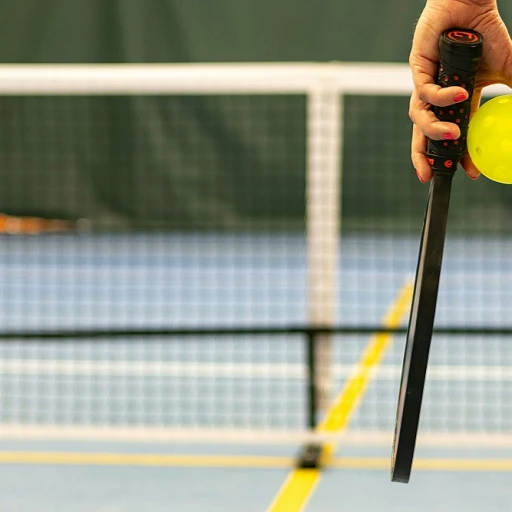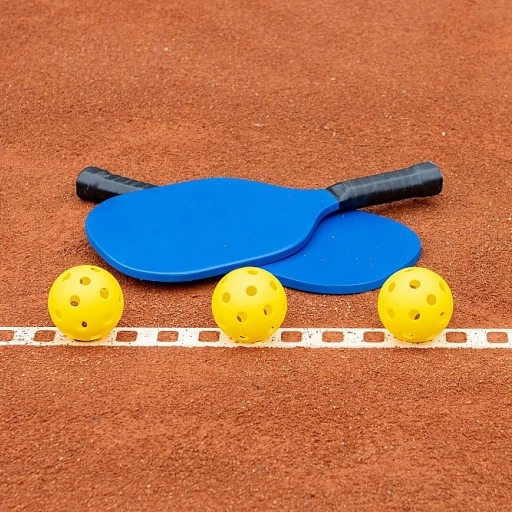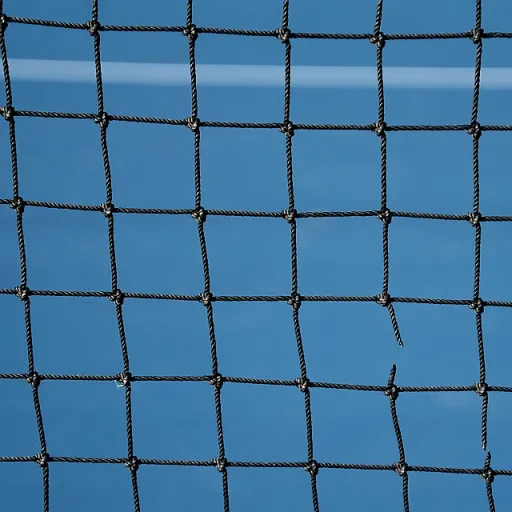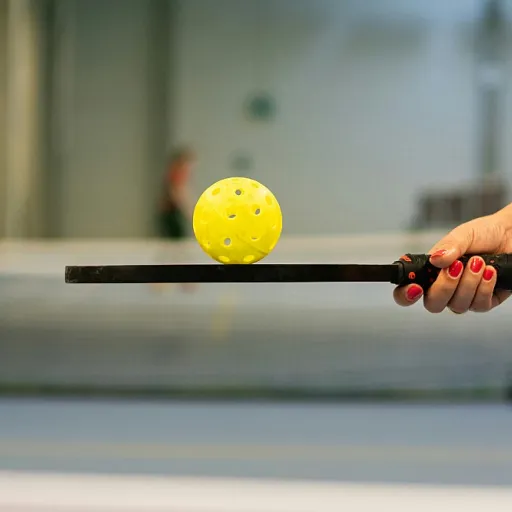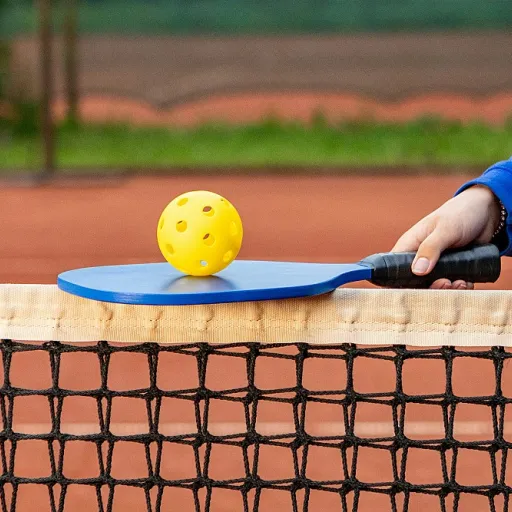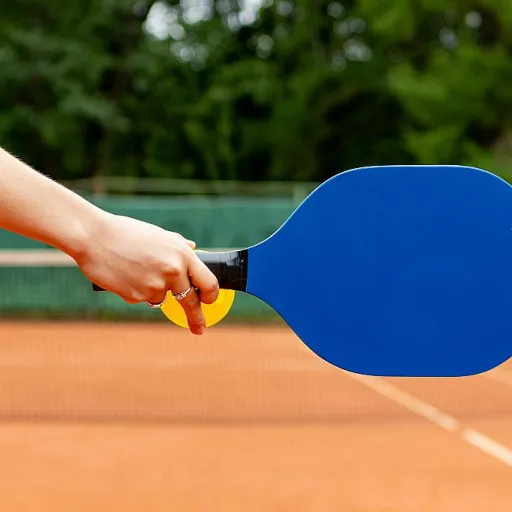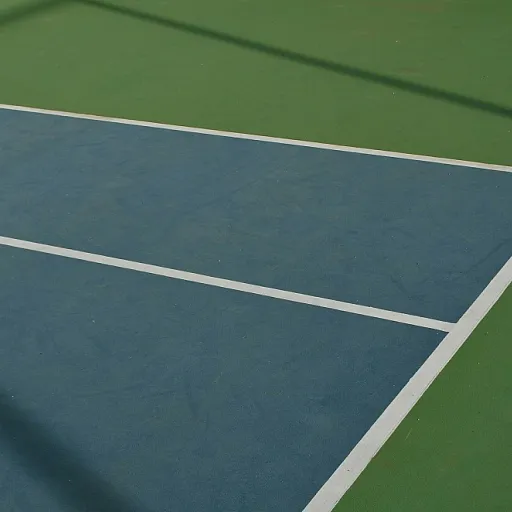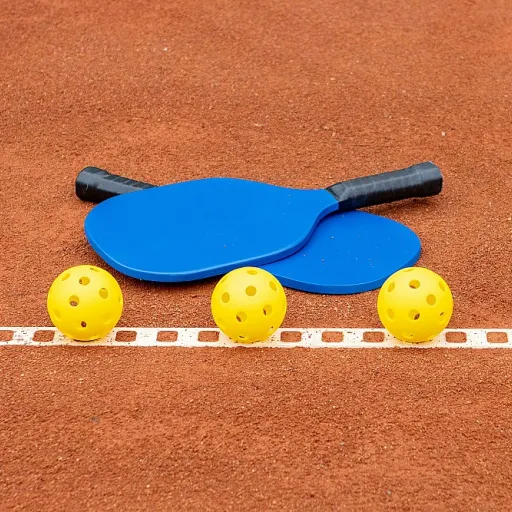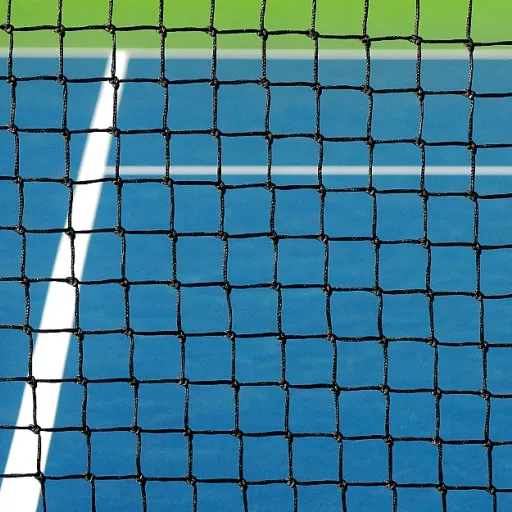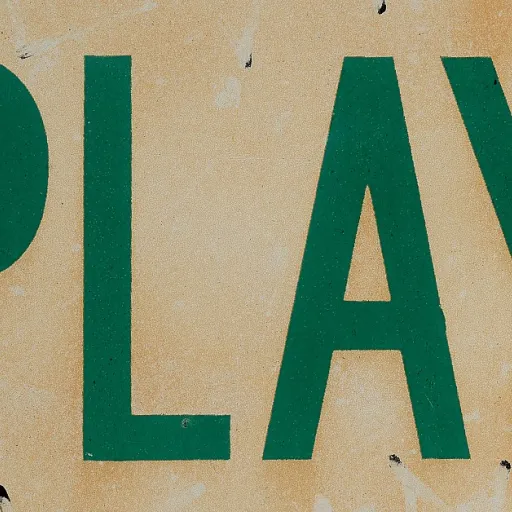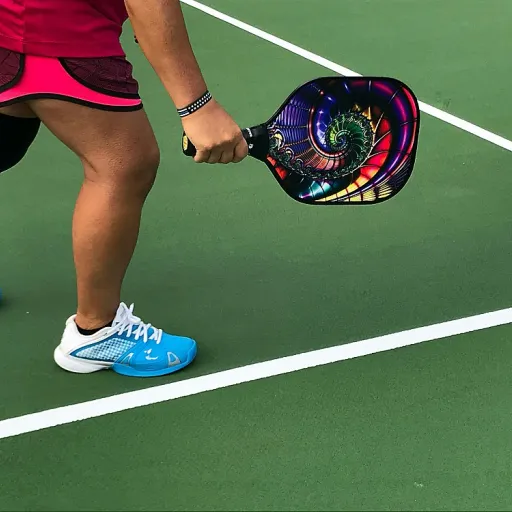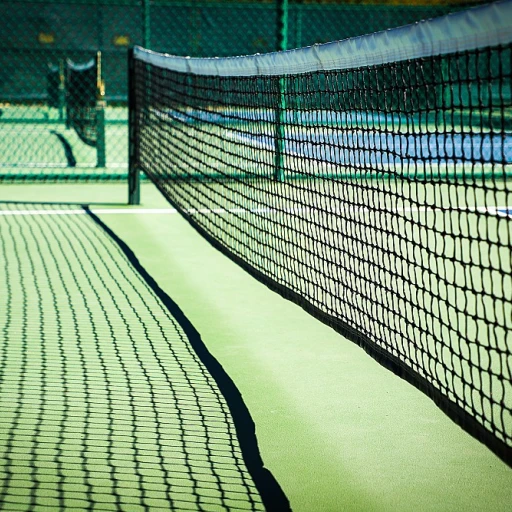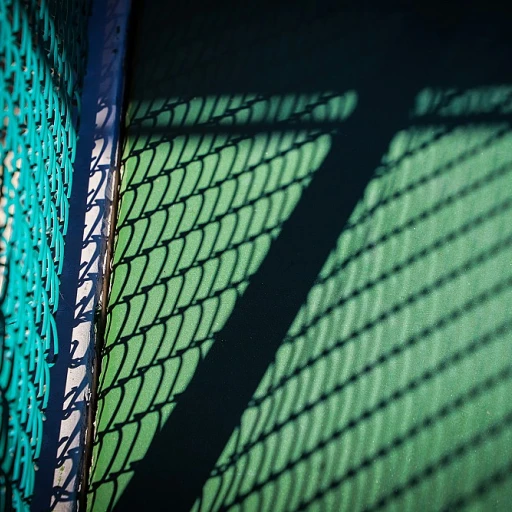
Understanding the Basics of Pickleball
Fundamentals of the Pickleball Game
Pickleball is a sport that combines elements of tennis, badminton, and table tennis, and is experiencing rapid growth in popularity. This game is played on a rectangular court with a low net, and the rules facilitate both competitive and casual play pickleball experiences. Understanding the pickleball ratings chart can help in gauging skill levels and adapting strategies to improve your game.
The court is sectioned off into different zones, including the crucial "kitchen" or non-volley zone, where players are restricted from volleying the ball. This unique rule encourages strategic play, requiring participants to refine their shot pickleball skills for various scenarios.
Equip yourself with the right pickleball paddle to ensure a firm grip and effective ball control when you're looking to hit ball strategically. The sport demands physical agility and mental acuity, especially when advancing towards techniques such as spiking pickleball for scoring.
One notable aspect is the 'bounce rule', which ensures that the ball bounces on each side of the net before volleys are allowed. Adhering to the pickleball rules is crucial for fair play. Also, recognizing the divide between the kitchen volley and other types of shots can make a noticeable difference in the fluidity of your gameplay.
The Concept of Spiking in Pickleball
Getting to Grips with the Act of Spiking
In the dynamic world of pickleball, spiking is a thrilling and strategic component. It involves delivering a forceful overhead shot, aiming the high ball towards the opponent's side of the court. Spiking adds an exhilarating twist to the game, but understanding how it fits within the pickleball rules is essential to avoid unintentional mistakes.
In pickleball, the objective of a spike is to hit the ball hard enough that the opponent struggles to return it. This powerful move can leave your opponent scrambling, often resulting in a point or an advantageous position on the court. However, the execution of a spike is contingent upon several factors, such as staying outside the "kitchen," which is the non-volley zone near the net.
The court layout plays a crucial role in spiking effectively. The non-volley zone prevents players from hitting volleys directly at the net, ensuring that there is a fair chance for both players to play pickleball. Thus, executing a spike requires precision in both timing and position.
Remember, the kitchen rules demand that players let the ball bounce once before hitting a volley. This adds a layer of complexity to spiking, making it a skill that distinguishes higher skill levels. By mastering the art of the spike pickleball, players can navigate matches with strategic finesse, allowing them to dictate the flow of the game.
Rules Governing Spiking in Pickleball
Spiking Within the Pickleball Court: Rules to Remember
In the world of pickleball, spiking is an exciting play that, when executed correctly, can be quite a thrilling and strategic shot. However, like any sport, there are specific rules governing how and when you can spike the ball to ensure fair play and maintain the flow of the game. Firstly, it's crucial to understand the configuration of the pickleball court. It features a unique area known as the "kitchen" or "non-volley zone." Players are not allowed to perform a volley—hitting the ball in mid-air—when standing inside this zone. Therefore, any attempted pickleball spike must occur when the player is standing outside the kitchen to comply with pickleball rules.- The Non-Volley Zone: This is a seven-foot area on either side of the net. Players cannot step into this area to spike the ball unless it has already bounced once within the non-volley zone—adhering to the 'bounce rule.' This particular restriction makes successful spiking more challenging and requires precise skill and timing.
- Contact with the Paddle: To validate a legal spike shot in pickleball, the ball must be hit with a clear downward trajectory when the opponent sends it high enough over the net. That means spiking pickleball done correctly involves using the paddle to hit the ball after ensuring you are firmly positioned outside the kitchen.
- The Serve Return Rule: When your opponent returns the ball from their serve or spike, remember you must allow it to bounce before you perform a spike shot. This ensures equilibrium during play and enforces the principles of fair game played.
Techniques for Effective Spiking
Mastering the Art of the Spike
When it comes to spiking in pickleball, the technique can be a game-changer for players looking to elevate their gameplay. Here's how you can effectively execute a spike and leave your opponent scrambling across the pickleball court:- Adopt the Right Stance: Begin by positioning yourself just outside the no-volley zone, or as often referred to, the "kitchen." This location allows you to execute a preemptive strike as soon as the ball approaches the net effectively.
- Focus on Timing and Precision: Anticipating the ball's trajectory is key. Watch for the moment when the ball is slightly high over the net, preparing yourself to deliver a forceful hit with your pickleball paddle for a well-placed spike.
- Utilize Controlled Power: Unlike other sports, spiking in pickleball isn't about extreme force; instead, it requires a delicate balance of power and control to direct the ball where opponents least expect it.
- Direct the Spike with Intention: Aiming your shot pickleball at the opponent's feet or the corners of their court limits their ability to return the ball effectively, maximizing the chances of scoring.
- Maintain Balance After the Hit: After executing a pickleball spike, remain ready to respond to the opponent’s return. Practice maintaining balance by keeping your eye on the ball and recovering quickly to your neutral stance.
Common Mistakes and How to Avoid Them
Avoiding Common Errors in Spiking
When you spike the ball in pickleball, there are several pitfalls you should be mindful of to ensure a successful hit and compliance with the game's rules.- Positioning on the Court: One of the most common mistakes players make is positioning within the kitchen or volley zone when executing a spike. Remember, the kitchen rule prohibits volleys; ensure your feet are outside this zone.
- Adhering to the Bounce Rule: Spiking pickleball too early may result in a foul. Make sure the ball bounces once on each side before a spike is attempted, especially at the beginning of a rally or service.
- Control and Precision: Players often overestimate their control, leading to erratic shots that either fly out of bounds or land in the net. Practice controlling the pickleball paddle to achieve optimal placement and force.
- Reading the Opponent: Misjudging your opponent's position can lead to poorly executed spike shots. Always be observant of their stance and movement to prepare for the most effective spike possible.
Incorporating Spiking into Your Game Strategy
Integrating Spiking into Your Play Style
Incorporating spiking into your pickleball strategy can significantly elevate your game, especially if done correctly and within the rules of play. A well-executed spike can turn the tide of a rally and place enormous pressure on your opponent. Consider these aspects to seamlessly integrate spiking into your pickleball play:- Evaluate Your Position on the Court: Before attempting a spike, ensure you're positioned correctly. You should be mindful of the kitchen, or non-volley zone, where spiking directly is prohibited unless the ball bounces first. Being aware of your and your opponent’s positioning can help you execute an effective spike without infringing any pickleball rules.
- Choose the Right Moment: Timing is crucial in spiking. Observe your opponent's movements. A high ball where your opponent is out of position can provide the perfect opportunity for a spike. Use your paddle to hit the ball with precision, aiming for areas of the court that your opponent finds challenging to reach.
- Strategic Diversification of Shots: Mix up your playstyle. Spiking becomes even more effective when combined with a variety of shots. Introduce drop shots, volleys, and other pickleball shots into your rallies. This keeps your opponent guessing and may open up opportunities for spiking.
- Recognize When to Maintain Control: Sometimes, restraint can be as important than aggression, especially when considering the bounce rule. If the ball bounces in your favor, it becomes critical to decide whether a powerful spike or a controlled shot is more advantageous.
- Practice and Adapt: Spiking requires skill, practice, and adjustment. Understand that every pickleball court plays differently based on its surroundings and surface. Develop your skills in various conditions and practice your spiking regularly to ensure it's a reliable part of your game.
- Evaluate Skill Levels: Be mindful of the skill levels of you and your opponent. Superior skill will result in more precise and effective spiking, so continually assess and increase your competence, adapting strategies as necessary.
